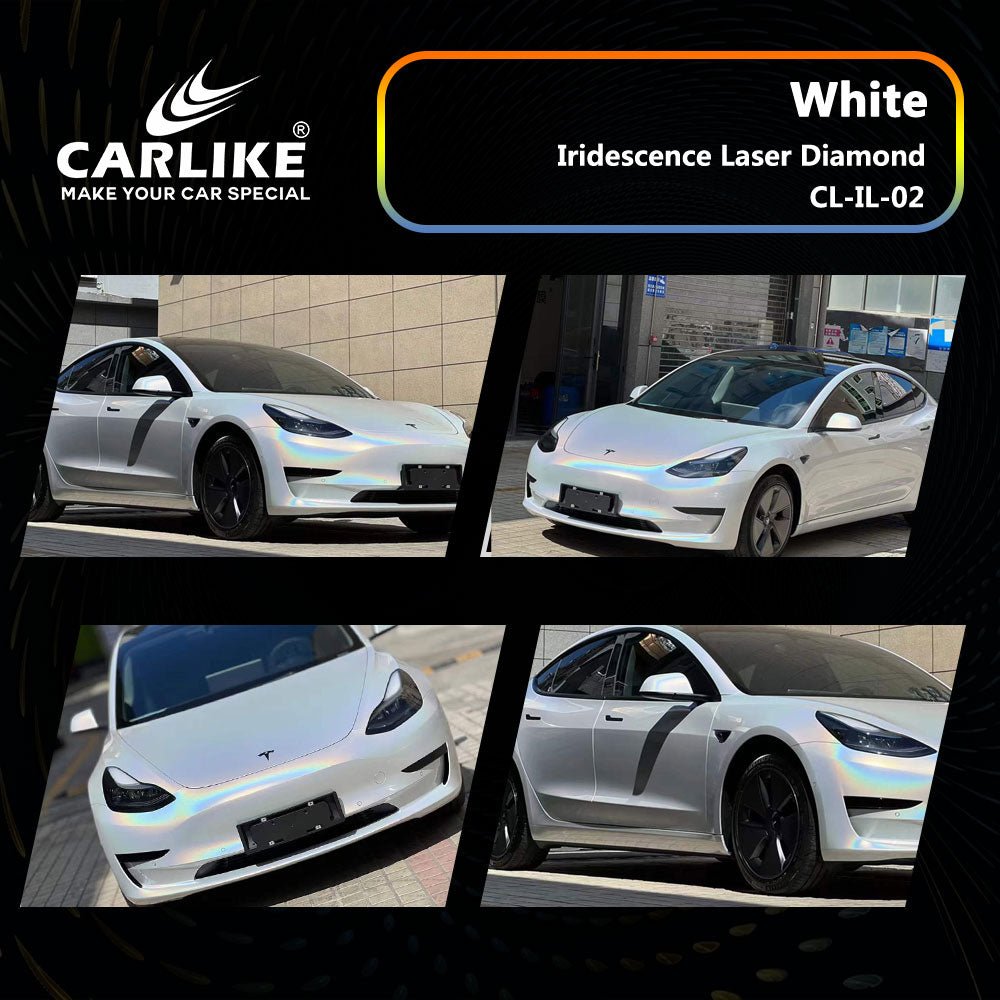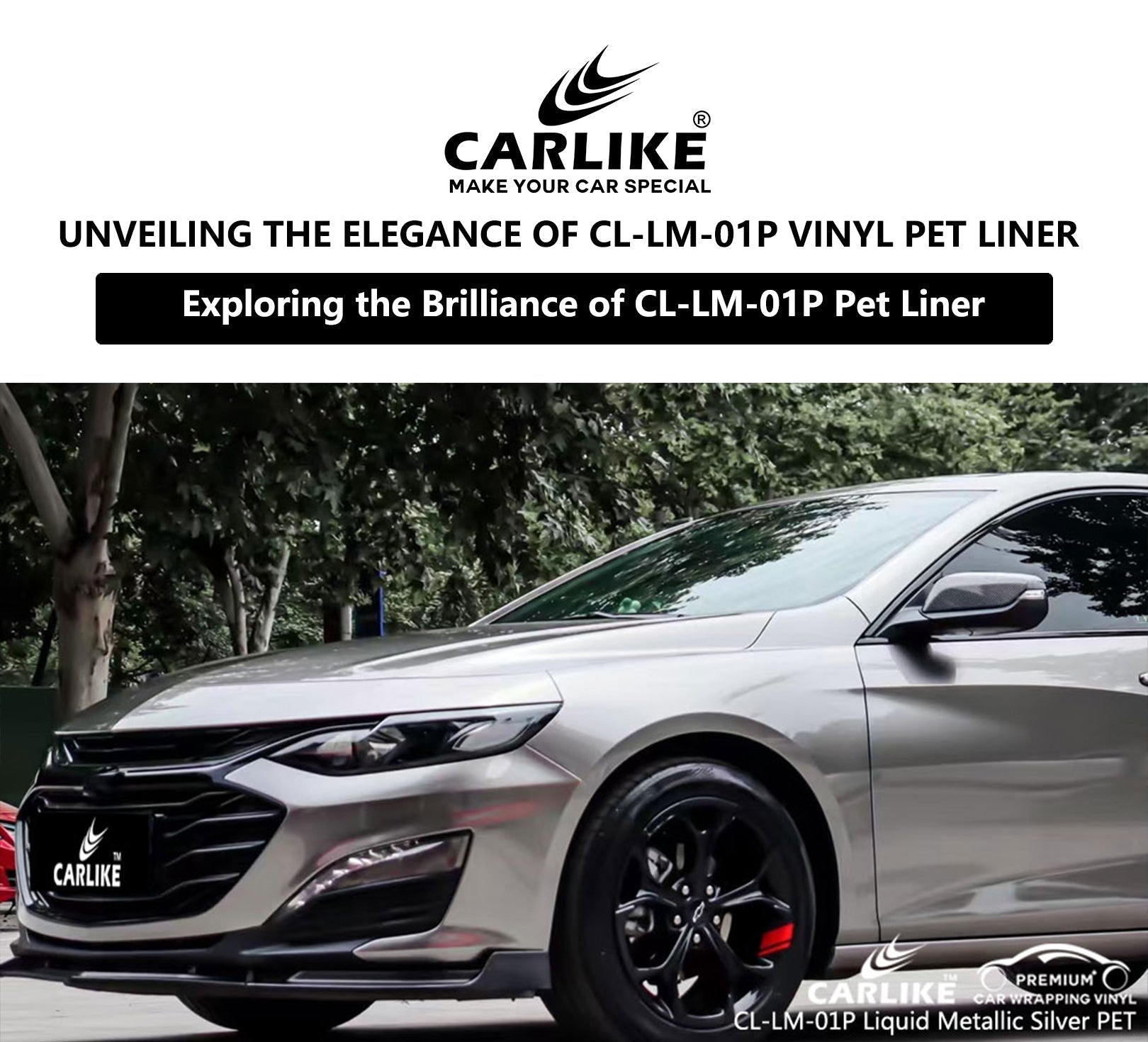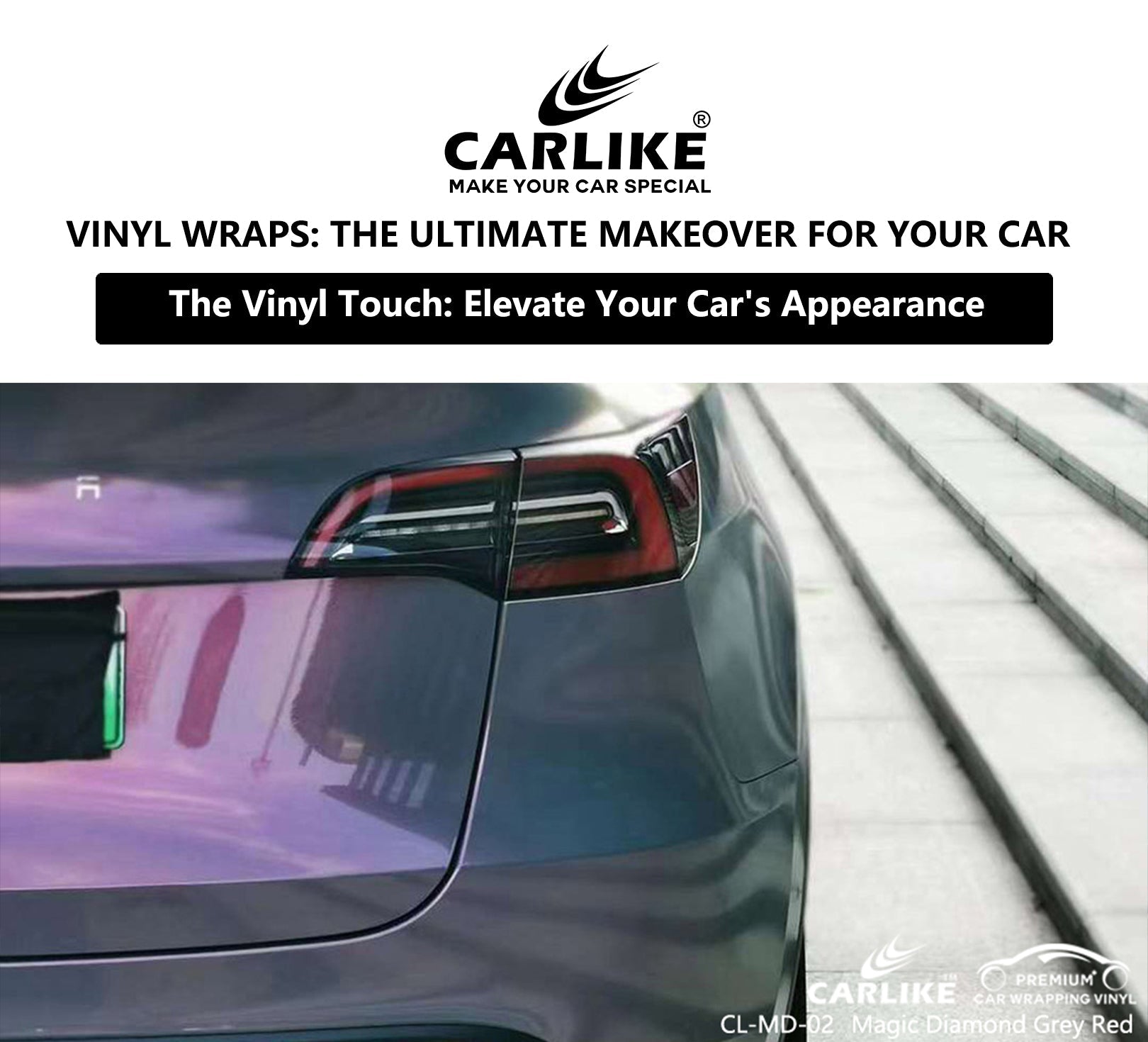Gathering Materials and Tools
Here's a list of essential materials and tools needed for vinyl wrapping a car:
Materials:
1. Vinyl Wrap Film: Choose a high-quality vinyl wrap film in the color and finish of your choice.
2. Surface Cleaner/Prep Solution: A dedicated cleaner to remove dirt, grease, and contaminants from the car's surface.
3. Isopropyl Alcohol: Used for final cleaning and ensuring a completely clean surface for adhesion.
4. Adhesion Promoter (Optional): Enhances the bond between the vinyl and the car's surface, especially for tricky areas.
5. Heat Gun or Heat Gun Torch: Used to soften the vinyl for better conformability around curves and edges.
6. Squeegee: A flexible plastic tool for smoothing out the vinyl and eliminating air bubbles.
7. Razor Blade/Utility Knife: Used for trimming excess vinyl and making precise cuts.
8. Microfiber Cloths or Tack Cloths: Used for cleaning and wiping down the surface before applying the vinyl.
9. Masking Tape: Helps to hold pieces in place temporarily and create straight lines.
10. Gloves: Protect your hands from adhesives and chemicals during the installation process.
11. Masking Paper or Plastic Sheets: Cover areas you don't want to wrap to protect them from overspray or adhesive.
12. Finisher (Optional): A product used to seal edges and seams for a professional finish.
Tools:
1. Vinyl Wrap Cutter: A specialized tool for making precise cuts in the wrap.
2. Panel Removal Tools (Plastic Pry Tools): Used to safely remove trim pieces or clips.
3. Tape Measure: For accurate measurements and cuts of the wrap.
4. Air Release Tool or Needle: Used to release trapped air bubbles from under the wrap.
5. Work Light: Proper lighting is crucial for ensuring a seamless and even application.
6. Step Stool or Ladder: Depending on the size of the vehicle, this may be needed to reach high or low areas.
Remember, investing in high-quality tools and materials can make a significant difference in the final outcome of your car wrap installation. Always follow safety precautions and manufacturer's instructions when using these tools and materials.




Measuring and Cutting the Vinyl
Achieving precise measurements and cuts is crucial for a successful vinyl wrap installation. Here are some techniques for accurately measuring and cutting the car wrap to fit the car's contours:
1. Use a Measuring Tape:
- Begin by measuring the specific areas of the car where the car wrap will be applied. Use a flexible measuring tape for curves and contours.
2. Create Templates:
- Consider using masking tape or wax paper to create templates of the areas you'll be wrapping. This can help you visualize the size and shape you'll need for the wrap.
3. Add Extra Material for Contours:
- When cutting wrap for curved or contoured areas, always leave a bit of extra material. It's easier to trim away excess than to add more.
4. Apply Heat for Molding:
- Use a heat gun to gently warm the car wrap before applying it to curved or contoured areas. This will make it more pliable and easier to shape.
5. Work in Sections:
- Break down larger areas into smaller, manageable sections. Measure and cut wrap for each section separately, and then apply them one at a time.
6. Trimming Excess Material:
- Once the car wrp is applied, use a sharp utility knife or a specialized vinyl cutting tool to carefully trim away any excess material.
7. Use a Fine Tip Pen or Pencil:
- For marking and outlining contours, use a fine-tip pen or pencil to create guide lines on the backing of the vinyl.
8. Make Relief Cuts:
- For particularly intricate or tight areas, consider making small relief cuts in the vinyl to allow it to conform to the contours more easily.
9. Double-Check Measurements:
- Always double-check your measurements before making any cuts to ensure accuracy.
10. Practice on Scrap Material:
- If possible, practice cutting on scrap pieces of vinyl before working on the actual car. This can help you get a feel for the material and develop your cutting technique.
11. Take Your Time:
- Precision is key, so don't rush the measuring and cutting process. Take your time to ensure each piece fits perfectly.
12. Adjust as Needed:
- Be prepared to make small adjustments and tweaks to the cut pieces as you apply them. This is especially important for complex or highly contoured areas.
Remember, practice and patience are key when it comes to achieving accurate cuts for a vinyl wrap installation. Don't be discouraged if it takes a few tries to get it just right.
https://carlikewrap.com/pages/car-wrap-vinyl-size-guide


Applying the Vinyl
Here are step-by-step instructions for applying a vinyl wrap to a car's surface:
Step 1: Prepare Your Workspace
- Start by choosing a clean, dust-free area to work in. A garage or a covered outdoor space is ideal.
Step 2: Clean the Car's Surface
- Thoroughly wash the car to remove dirt, grease, and any residues. Use a mild detergent and rinse well. Allow the car to dry completely.
Step 3: Remove Any Trim or Hardware (if necessary)
- Take off any parts or trim that might get in the way of the vinyl application process. This could include door handles, side mirrors, or emblems.
Step 4: Measure and Cut the Vinyl
- Measure the area you're going to viny wrap and cut the vinyl wrap with a bit of excess around the edges. It's better to have a little extra than not enough.
Step 5: Peel Off the Backing
- Carefully peel a small portion of the backing from the vinyl. Be cautious not to touch the adhesive side with your fingers to avoid leaving oils or dirt.
Step 6: Start Applying the Vinyl
- Begin by positioning the vinyl on one edge of the car's surface. Start with a flat section if possible, like the hood or roof.
Step 7: Smooth and Stretch
- Using a squeegee or your hand covered with a soft cloth, start smoothing the vinyl onto the surface. Work from the center outwards, pushing out any air bubbles as you go.

Step 8: Use Heat for Conformity
- If you encounter any curves or edges, use a heat gun on low setting to gently warm the vinyl. This makes it more pliable and helps it conform to the shape of the car.
Step 9: Trim Excess Vinyl
- Carefully trim away the excess vinyl using a sharp utility knife. Make sure to use a cutting surface to avoid damaging the car's paint.
Step 10: Work in Sections
- Repeat the process, applying the vinyl in manageable sections. Take your time and be patient, especially around corners and curves.
Step 11: Overlap or Seam if Necessary
- If your vinyl wrap isn't large enough to cover a whole section, you may need to overlap or create a seam. Be sure to do this in a way that's inconspicuous.
Step 12: Seal Edges and Seams
- Use a heat gun to heat-seal the edges and seams. This ensures a secure bond and helps prevent the vinyl from lifting over time.
Step 13: Inspect and Make Final Adjustments
- Carefully inspect the entire surface to ensure there are no air bubbles, wrinkles, or areas that need further attention. Make any necessary adjustments.
Step 14: Reattach Trim and Hardware
- Once the vinyl is applied and properly secured, reattach any trim or hardware that was removed earlier.
Step 15: Post-Installation Care
- Wait at least 24-48 hours before washing the car. Avoid high-pressure washers and abrasive cleaners. After this initial period, you can wash the car as you normally would.
Remember, practice makes perfect. If this is your first time applying vinyl wrap, consider starting with a smaller, less visible area to get the hang of it before tackling the whole car.
FAQ for how to install vinyl wrap on car?
Q: What materials do I need to install vinyl wrap on my car?
A: You'll need a vinyl wrap, a squeegee, a heat gun, a sharp utility knife, a cleaning solution, and a clean workspace.
Q: How do I prepare my car's surface before applying the vinyl wrap?
A: Start by thoroughly cleaning the car with a mild detergent. Rinse well and allow it to dry completely. Remove any trim or hardware that might interfere with the vinyl wrapping process.
Q: How do I avoid air bubbles and wrinkles during the installation process?
A: Use a squeegee to smooth out the vinyl as you apply it. If you encounter air bubbles, use the squeegee to push them out towards the edges. For wrinkles, apply gentle heat with a heat gun and smooth them out.
Q: What's the best way to handle corners and curves on the car's surface?
A: Use a heat gun to gently warm the vinyl in these areas, making it more pliable. Stretch and smooth the vinyl carefully to conform to the shape.
Q: How do I trim excess vinyl without damaging the car's paint?
A: Use a sharp utility knife and a cutting surface to carefully trim away the excess vinyl. Take your time and make precise cuts.
Final Words
In conclusion, mastering the art of vinyl wrapping can truly transform the look of your vehicle, giving it a professional finish that turns heads on the road. By following this step-by-step installation guide, you're equipped with the knowledge and techniques to tackle the process with confidence. Remember to exercise patience, pay attention to detail, and take your time in each step. Whether you're aiming for a bold new color or a sleek, custom design, this manual empowers you to achieve results that rival professional installations. With practice and precision, your car will emerge with a flawless vinyl wrap, showcasing your dedication to automotive aesthetics. Happy wrapping, and may your vehicle stand out as a testament to your craftsmanship!








